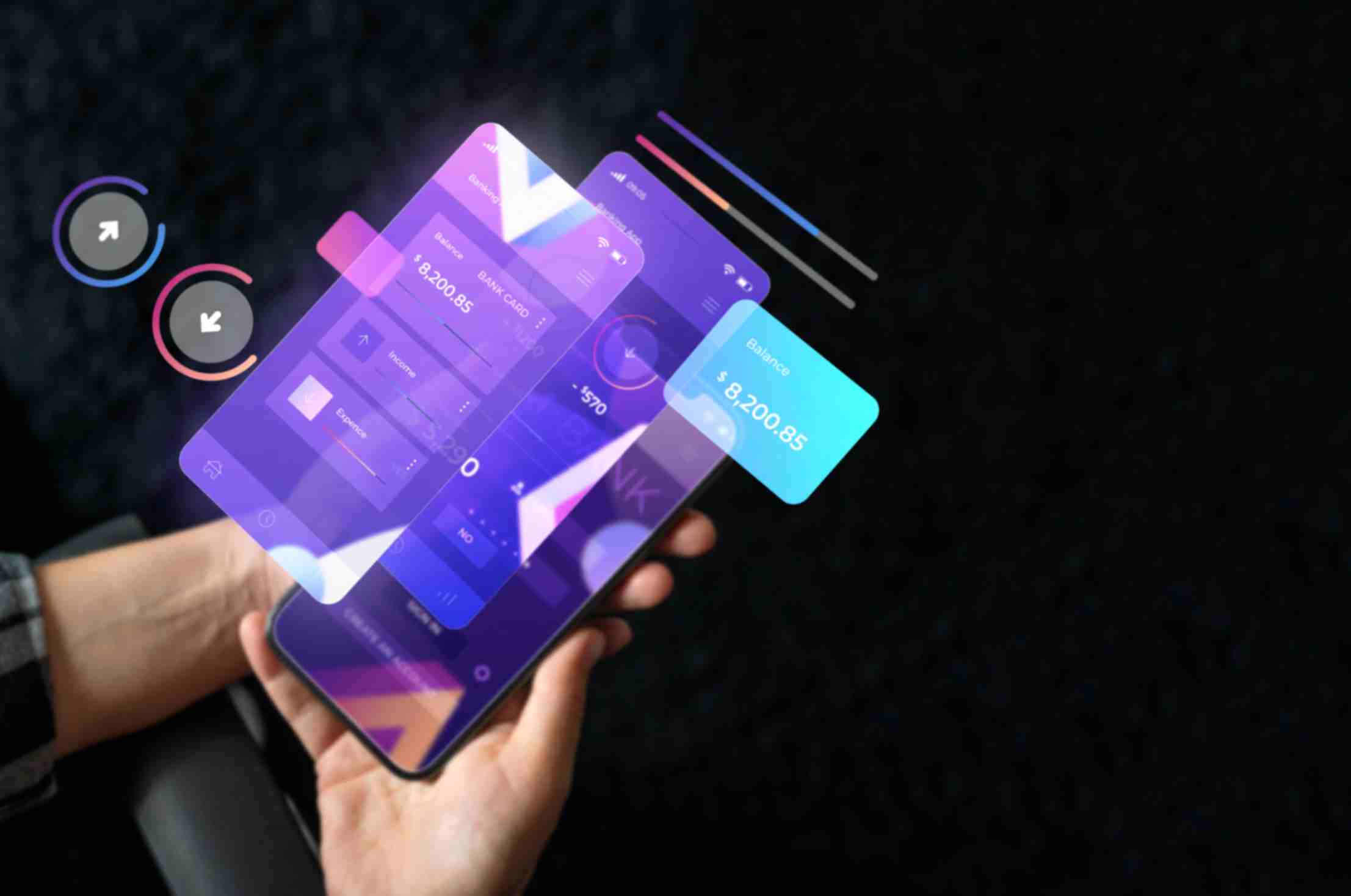
Full Life Cycle Android & iOS App Development and Support
The mobile app landscape is rapidly evolving, demanding comprehensive development and support solutions to meet the growing complexities of the market. From conceptualization to deployment and beyond, a full life cycle approach ensures the success of your mobile application.
The Development Process
The development of a successful mobile app involves several key stages:
- Idea Conception and Market Research: Identifying a viable app concept and understanding target audience needs.
- Design and Prototyping: Creating user-centric designs, wireframes, and interactive prototypes.
- Development: Building the app’s core functionalities for both iOS and Android platforms.
- Quality Assurance (QA) and Testing: Ultra-careful testing to identify and fix bugs, ensuring optimal performance.
- Deployment and Launch: Submitting the app to app stores and implementing marketing strategies.
Post-Launch Support and Maintenance
A successful app requires proper ongoing support and maintenance:
- App Store Optimization (ASO): Improving app visibility and rankings within app stores.
- Performance Monitoring: Tracking apps affecting metrics and identifying areas for improvement.
- Updates and Upgrades: Implementing new features and addressing user feedback.
- Technical Support: Providing assistance to users and troubleshooting issues.
The Importance of Cross-Platform Compatibility
While native app development offers advantages, cross-platform frameworks like React Native and Flutter can streamline development and reduce costs. These frameworks allow developers to create apps that run on both iOS and Android with a single codebase.
The Role of User Experience (UX)
A great app is not just about functionality; it’s about user experience. Investing in UX design ensures that the app is intuitive, engaging, and meets user expectations.
The Future of Mobile App Development
The mobile app landscape is constantly evolving with advancements in technology, such as augmented reality, artificial intelligence, and wearable devices. Staying updated with these trends is important for developing cutting-edge applications.
By adopting a full life cycle approach and prioritizing user experience, businesses can create successful mobile apps that drive growth and customer satisfaction.







